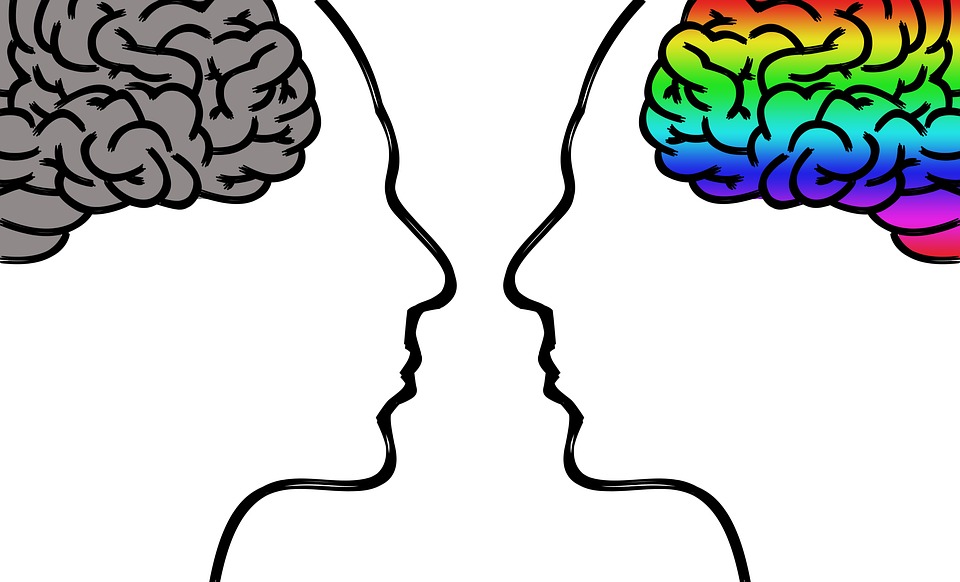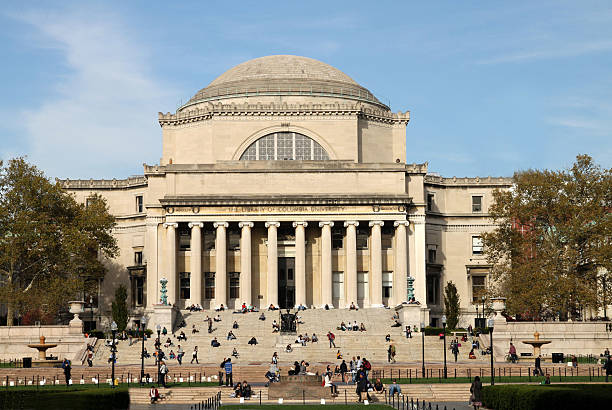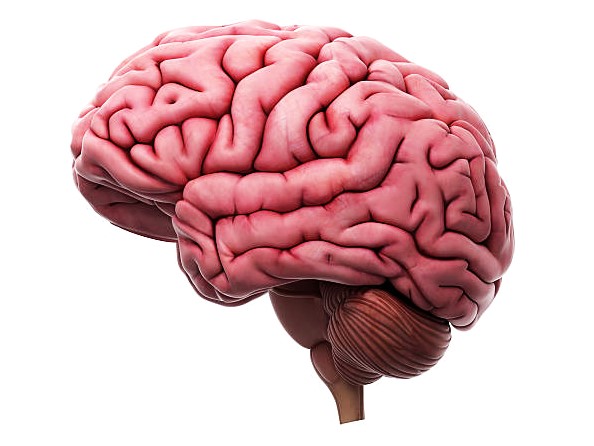
Human Brain Information & Anatomy
The weight of the human brain:
The average weight of a human brain is 1300-1400 grams. The average weight of a newborn’s brain is 350-400 grams.
There are exceptions too. Russian novelist Turgenev’s brain weighed in at 2021 grams, while Bismarck’s brain weighed in at 1807 grams. The brain of the famous French politician Gambetta weighed only 1294 grams. Women’s brains are smaller than men’s. Because women’s brains are smaller. The largest female brain was recorded at 1742 grams.
The size and weight of the brain vary from person to person. Byron’s brain was very big. Einstein’s brain was slightly smaller than normal. But there is a scale of the brain. There’s a limit. The brain is usually less than a kilogram and less than a kilogram.
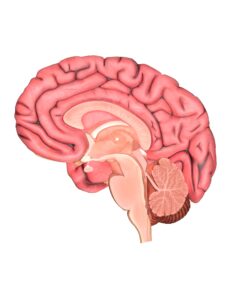
The largest part of the brain:
The largest part of the brain is the cerebrum. It will not be on the brainstem, it will be on the front depending on the animal. In humans, the cerebrum is the largest, divided into five major compartments. According to phylogenetics, the mammalian cerebrum is by far the largest and most advanced of all known species.
The cerebrum is made up of two parts called the cerebral hemispheres. Matter is formed in the outer layer of the cerebrum. This is called the cerebral cortex. The lower layer is called the white matter. Its subcortical structure includes the hippocampus, basal ganglia, and olfactory bulb.
What is the percentage of the human brain?
Explained in terms of neuropsychology:Neuropsychology is the study of how the physiological structures of the brain control emotions, behavior, and intelligence. For many years, scientists have shown that each different part of the brain is engaged in a specific task. Using brain imaging techniques such as positron emission tomography and functional MRI, scientists have demonstrated that every part of the brain participates collectively in daily activities and thoughts. So, the ten-percent myth is baseless here. The study has not yet identified any brain regions. So far, there is no record of a single brain cell being completely inactive.
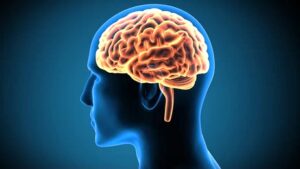
Many brain imaging tests show that all parts of the brain are fairly active when performing a particular task, but the activity of the parts associated with that task is more noticeable. For example, when you are reading this text on your smartphone, the parts of the brain related to your eyesight, reading ability, holding the phone with your hands, etc. are more active. If any part of the brain becomes inactive, we will face extreme problems. Once upon a time, a woman in Florida, USA, lost her brain’s cerebrum due to lack of oxygen supply, due to which she lost the ability to think, memory, emotions, and feelings. The cerebrum covers 85% of our brain. So, to live healthily, the brain needs all of it, not just 10 percent!
How long the human brain has been growing:
A new study has found that new cells are formed in the human brain almost throughout life. The process is expected to take at least 97 years. Until now, it was thought that the number of cells in the brain at birth would remain the same for life, so the new idea will cause widespread controversy.
A group of researchers at the University of Madrid also showed that the number of new cells stopped forming with age. In the early stages of Alzheimer’s disease, the number of cells decreases dramatically – so much research for dementia or dementia disease creates new ideas. Most of the cells in our brain, known as neurons, send electrical signals to themselves – and this process begins at birth.”But whether the emergence of new neurons – or the process known as” “neurogenesis” “- continues in humans remains controversial.”The study, published in the journal Nature Medicine, looked at the brains of 58 dead people. Their ages ranged from 43 to 97.
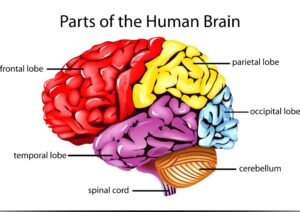
The next section goes into further detail concerning the human brain:
- There are 100 billion neurons in your brain.
- Painlessness: There is no pain-collecting organ in the brain, so the brain never feels pain.
- Branching: Each neuron has between 1,000 and 10,000 branching synapses.
- Largest brain: The brain of an elephant is larger than the human brain, but the elephant’s brain is 0.25 of its body, while the human brain is two percent of its body weight. This means that the human brain is the largest.
- Human brain: The human brain is about 100 miles long.
- Fat: The human brain is the most fatty part and accounts for about 60 percent of the total body fat.
- The process of brain growth
- From the womb to the age of 18, the human brain continues its incredible journey of growth.
- Neurons: The rate of growth of neurons is about 250 thousand per minute since the birth of the first embryo.
- Shape at birth: From the time of birth, the human brain takes the shape of a full human brain and comes with almost full brain cells.
- Newborn growth: The brain grows three times in size during the first year of a newborn.
- End of growth: The brain does not grow after the age of 18.
More information about the human brain:
- Brain cortex: The cerebral cortex of the brain thickens with usage.
- The role of stimuli: Children in a stimulating environment are on average 25% more efficient than children growing up in a non-stimulating environment.
- New neurons: The human brain continues to grow throughout life to influence the environment.
- Benefits of reading aloud: Reading aloud and talking to children is good for brain development.
- Only the environment and the process of nurturing growth shape that emotional feeling.
- The first sense of the brain: The first child learns to feel through the skin. The sensation of touch to the lips and cheeks occurs at eight weeks and the rest of the sensation occurs at 12 weeks.
- Bilingual brain: Children who learn two languages before the age of five have different brains than others and their gray matter is more dense.
- The action of the human brain
- Oxygen: The brain uses about 20% of the body’s oxygen.
- Subconscious: If the brain does not receive blood for 8 to 20 seconds, people lose consciousness.
Essential information about the brain, which everyone should know:
- Speed: The human brain can exchange information from a minimum of 0.5 m seconds to a maximum of 120m seconds.
- Power: The brain can light a lightbulb with between 10 and 23 watts of power while it is awake.
- The neocortex makes up about 76% of the brain. The neocortex is responsible for human language communication and consciousness. The human brain is much larger than that of animals.
- Part 10: The human brain works 10 percent of the time in old age. Every part of the brain knows its function
- Brain death: The brain can survive without oxygen for 4 to 6 minutes and then die. If there is no oxygen for 5 to 10 minutes, there is a permanent problem in the brain.
- Maximum Temperature: When you have a fever, remember that the maximum heat-tolerant capacity of the human brain is 115.7 degrees and people can live up to that.
- Ability to withstand stress: When people have to endure excessive stress, the cells, structure size, and function of the brain are disrupted.
If you learn more about the human brain visit the web site
